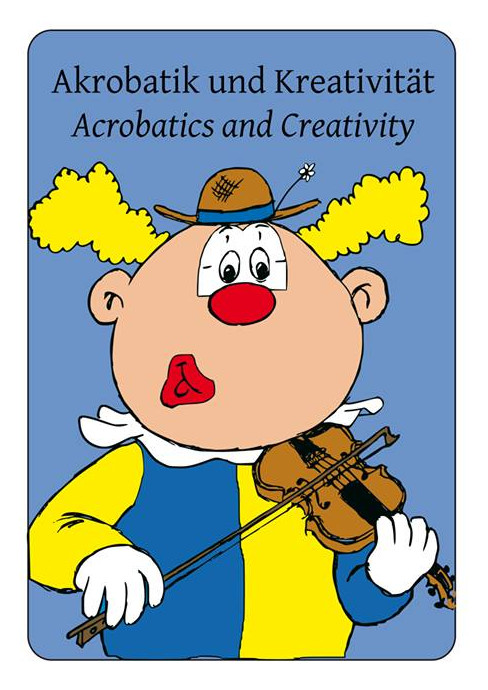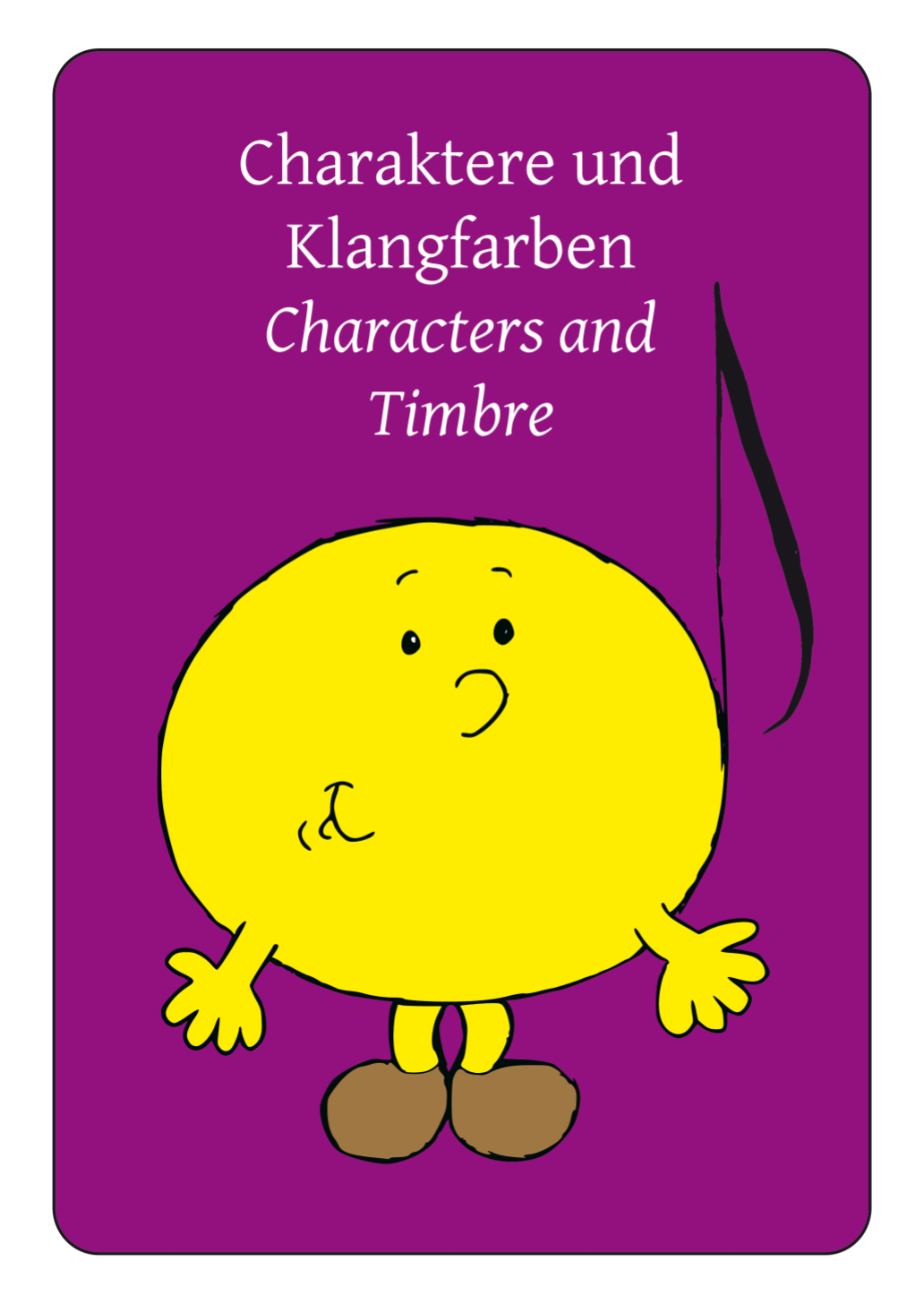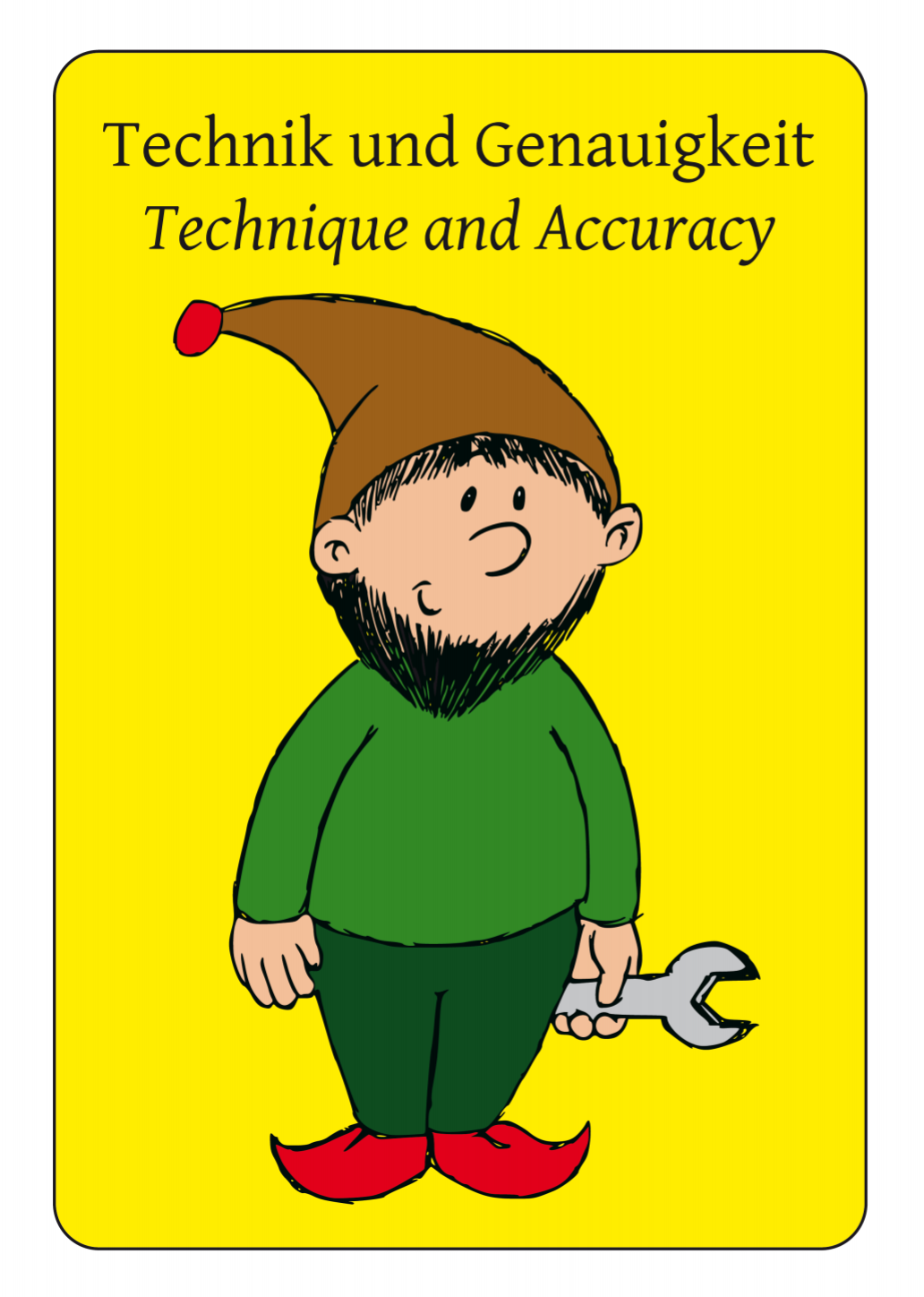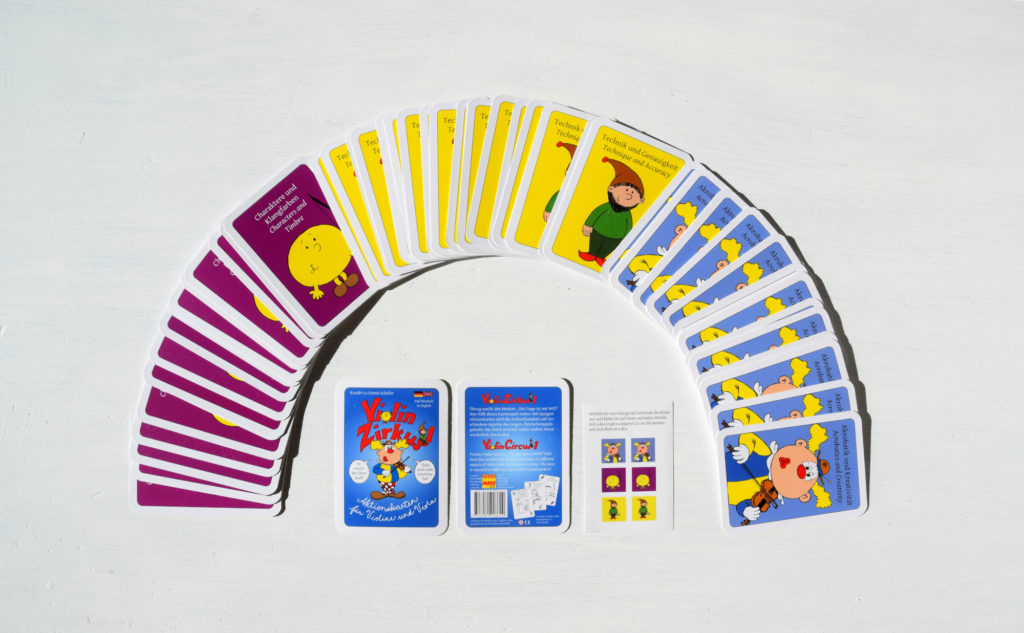Have more fun practicing!
ViolinCircus is a practice game for string students making repetition fun through 5800 different variations…
The purpose of ViolinCircus is to practice intelligently focussing only on one aspect of string playing at a time. The actions on the cards are always to be combined with a piece or exercise the student is working on.
Ex: Play your piece standing on one leg!
The cards are sorted into three categories:

Acrobatics and Creativity
In this category the student can make up his/her own ways of playing the piece, experiment with acrobatical movements and use his/her creative mind.

Characters and Timbre
In this category the student plays the piece in many different dynamics, he/she varies the speed, tone quality and timbre.

Technique and Accuracy
In this category the student focuses on good body posture, economical bowing- and left hand technique.
The action card game for violin and viola turns your practice room into a circus tent! By choosing cards your attention is drawn to different aspects of the violin-/violaplaying, you try different timbres and experiment with gravity when you are playing lying down or standing on one leg. You change the tempo or the dynamics and you are playfully practice good posture.
Award winning at:

Our Customers About Us
I can only recommend this wonderfully successful “card game”, and not only for children. Even adults can benefit from it, if only to revive and inspire the inner child.
In three different situations I had the opportunity to gain experience with the violin circus last week.
- 8 – year – old (3 years of lessons) tasted all the “addictive potential” of the game. She could not draw enough cards. The lesson was much too short. The perfect appearance of the cards – they look just like the other games the kids are used to – makes the kids submerge in their positively connotated game world. At the same time: What is written has to be done otherwise you are a spoilsport. (I used to use dice in my lessons.(…)) I’ve had some mixed experiences with it, and some have come to love that game, on the other hand repeating only until the number is full is not worth anything.)
- Violist 14 years. She plays in tune but very quiet. Safety and comfort zone lover. Surprisingly, she smiled about the tasks on the cards. Especially amazing: in “Play with an ugly sound” I showed her by pressing on her hand while bowing, how much pressure a pressed sound needs. For the first time in years, she played a nice, full forte in her own first attempt. I’m looking forward to the next lesson.
- Self-experiment: 3 lines Brahms concerto with all cards. Astonishing result: After 30 years of teaching there is still, or increasingly ? the discrepancy between knowing what helps and using one’s knowledge. Impatience? The cards are an authority. I can outsource the “command authority”. At the same time, I decide for myself how the task will be carried out exactly. What seems to be an ugly sound for younger children can be a well-defined undertone for a grown-up. Unlike the aforementioned dice, the cards have something to do with the music and before I play the game, I make the decision for myself, what exactly I use from the suggestion on the cards.

